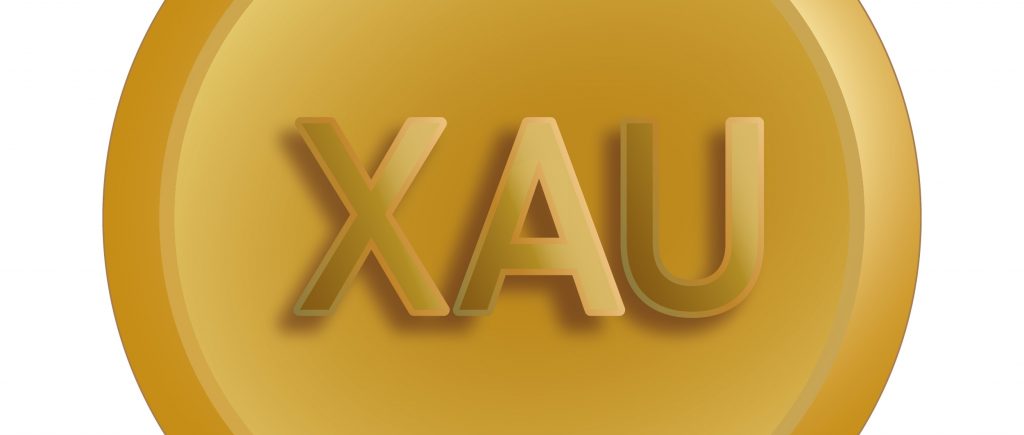Gold prices extended gains on Tuesday after U.S. inflation data came in slightly weaker than expected, giving investors faint hope that the Federal Reserve would continue on its rate-easing path this year, sending the dollar lower.
Spot gold gained 0.3% to $2,671.27 per ounce. US gold futures settled 0.1% higher at $2,682.30.Earlier during the North American session, the gold market is grappling with conflicting signals as the latest Producer Price Index (PPI) data reveals a mixed inflation picture. While headline PPI rose modestly in December, underscoring a potential cooling of price pressures, the underlying trend remains stubbornly high, raising concerns about the Federal Reserve’s ability to ease monetary policy significantly.
The Labor Department reported Tuesday that the headline PPI increased by 0.2% in December, slightly below the 0.4% increase anticipated by economists. On an annual basis, headline inflation climbed to 3.3%, moderating from the previous month but still significantly higher than the 1.1% recorded in 2023.
Core PPI, which excludes volatile food and energy prices, remained unchanged in December, falling short of economists’ expectations of a 0.2% increase. While this suggests some moderation in underlying price pressures, annual core inflation surged to 3.3%, a substantial increase from the 2.7% observed in 2023.
Gold Market Struggles to Find Direction
The gold market has reacted cautiously to this mixed inflation data. While the weaker-than-expected headline and core PPI readings initially offered some support for gold, which is traditionally viewed as a hedge against inflation, the underlying trend of persistent price pressures has tempered enthusiasm.
Spot gold prices have remained relatively flat, trading sideways within a well-defined range. This lack of decisive movement reflects the market’s uncertainty about the implications of the latest inflation data for the Federal Reserve’s monetary policy path.
Fed’s Hawkish Stance Weighs on Gold
The Federal Reserve’s recent shift towards a more hawkish stance has significantly impacted gold prices. Minutes from the December FOMC meeting revealed a growing consensus among policymakers that interest rates are approaching a neutral level, suggesting a much shallower path for interest rate cuts than previously anticipated.
This hawkish pivot has led to a significant downward revision in market expectations for rate cuts in 2025. Investors are now pricing in only one rate cut, a stark contrast to the four rate cuts that were anticipated in September. Higher interest rates typically increase the opportunity cost of holding non-yielding assets like gold, exerting downward pressure on its price.
Economic Uncertainty Persists
Despite the mixed PPI data, some economists argue that it is insufficient to significantly alter the prevailing economic outlook. The persistent strength in core inflation underscores the ongoing challenges in taming price pressures.
The Federal Reserve remains vigilant in its fight against inflation, and any signs of persistent price pressures are likely to keep the central bank on a more cautious monetary policy path. This uncertainty about the future course of monetary policy continues to create headwinds for gold prices.
The gold market is navigating a complex and uncertain environment. While the latest PPI data offers some signs of cooling price pressures, the underlying trend of persistent inflation remains a significant concern. The Federal Reserve’s more hawkish stance and the lingering uncertainty about the future course of monetary policy are likely to continue to exert downward pressure on gold prices in the near term.
 Noor Trends News, Technical Analysis, Educational Tools and Recommendations
Noor Trends News, Technical Analysis, Educational Tools and Recommendations





